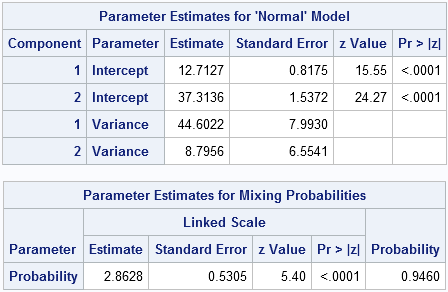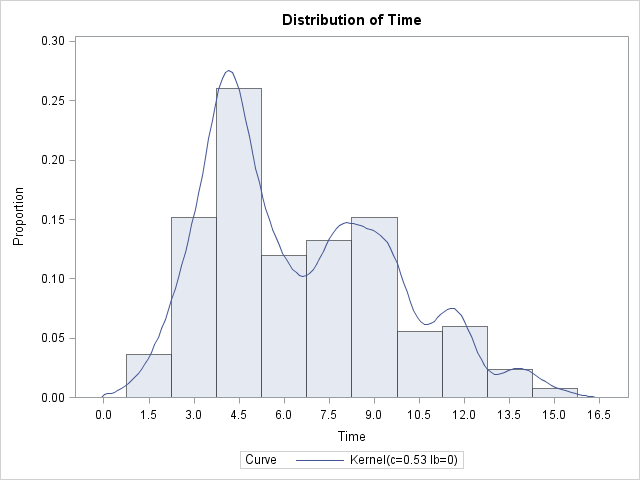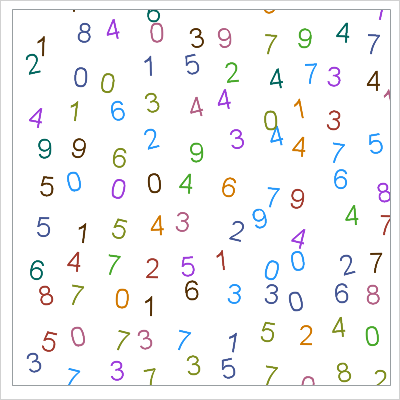
I was intrigued by a math puzzle posted to the SAS Discussion Forum (from New Scientist magazine). The problem is repeated below, but I have added numbers in brackets because I am going to comment on each clue: [1] I have written down three different 5-digit perfect squares, which [2]




























